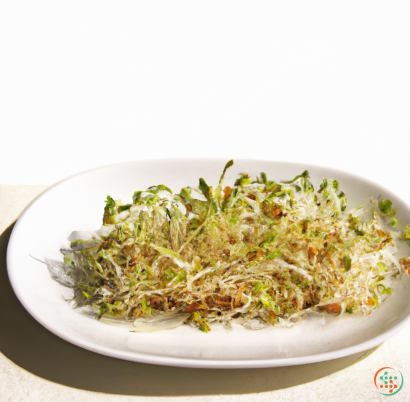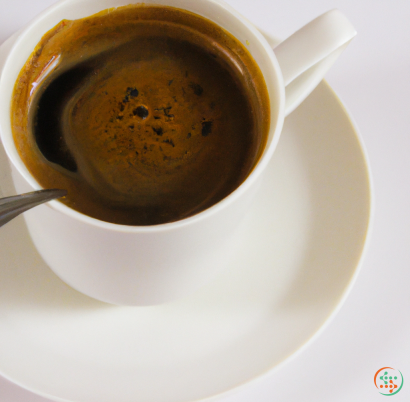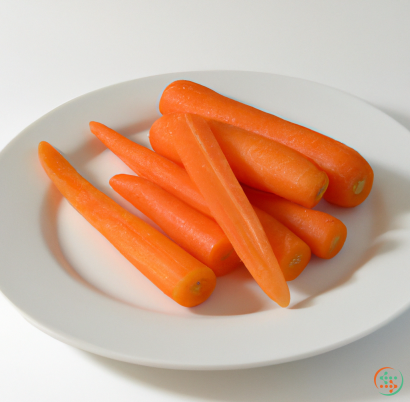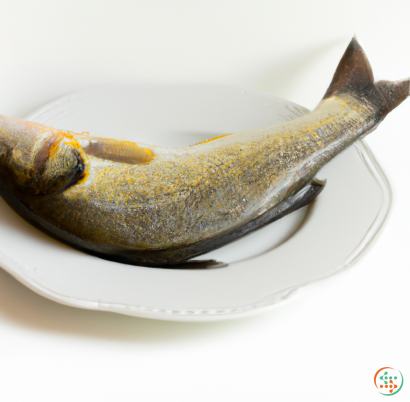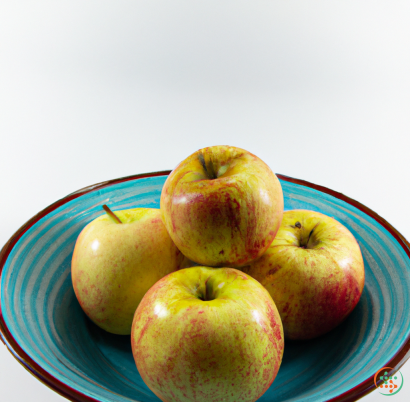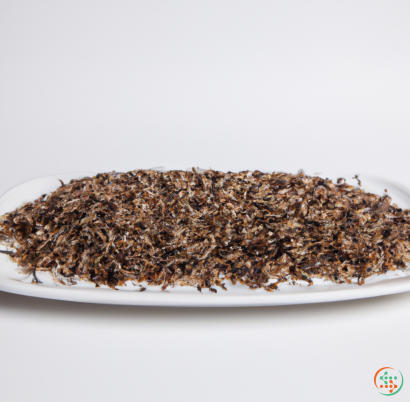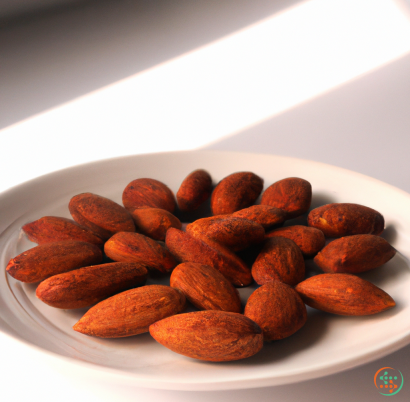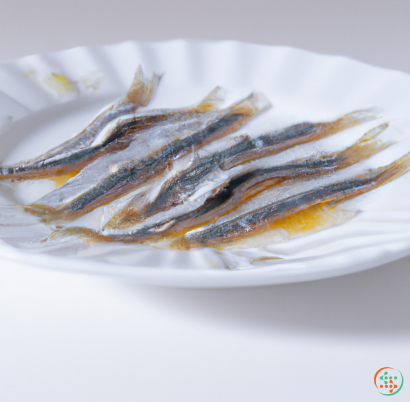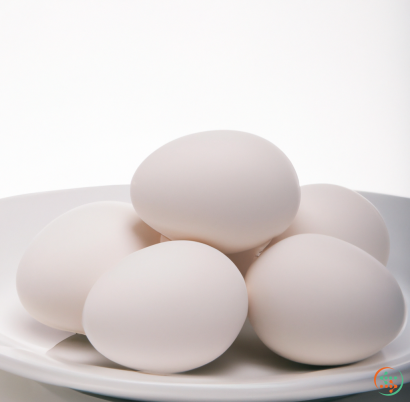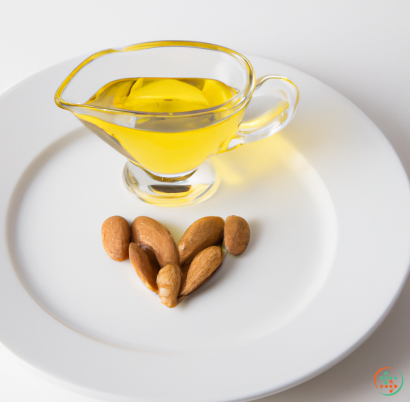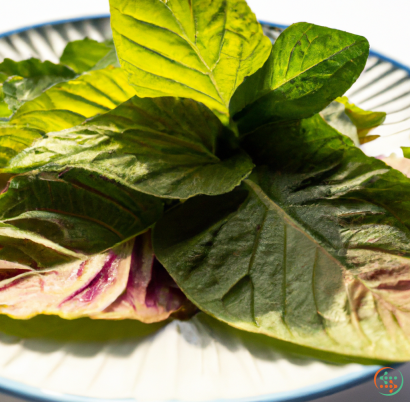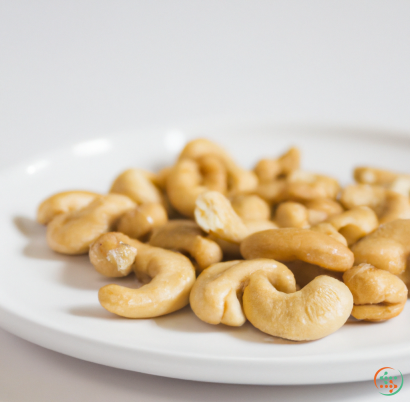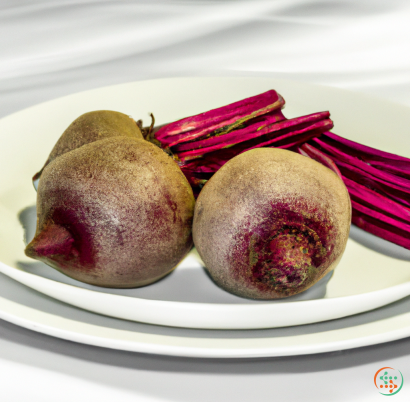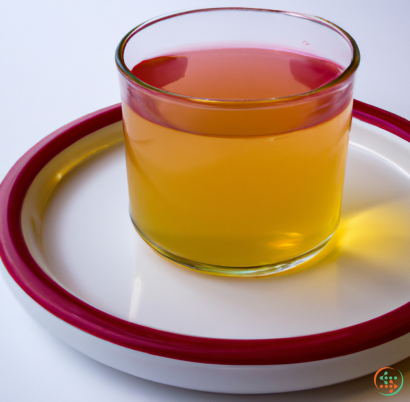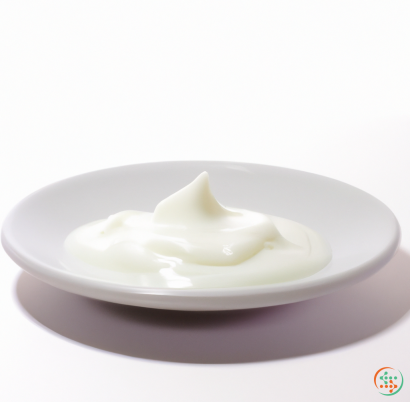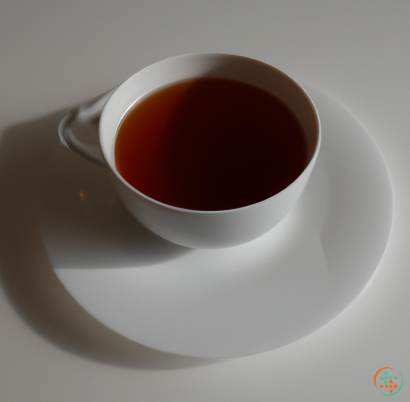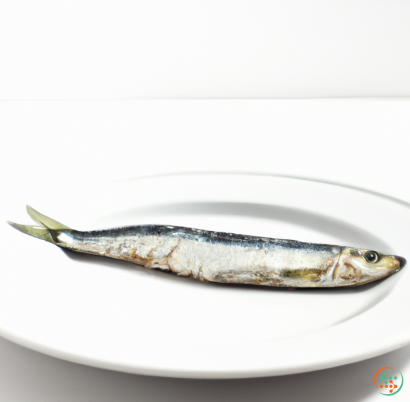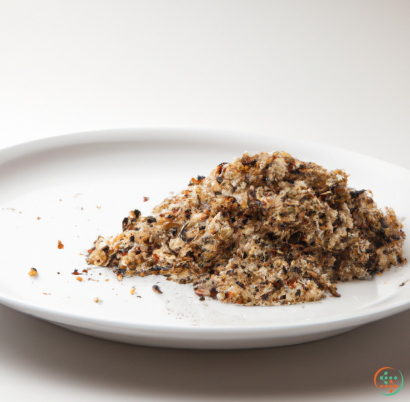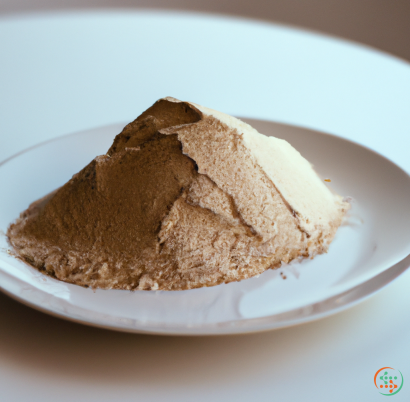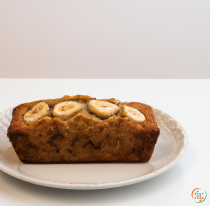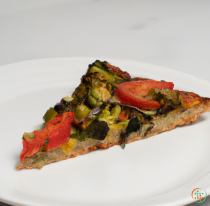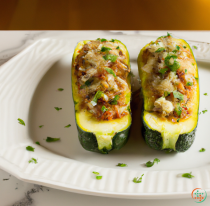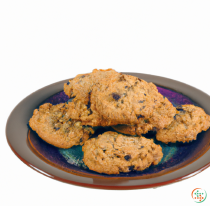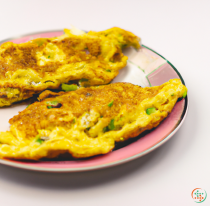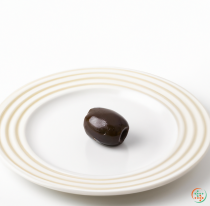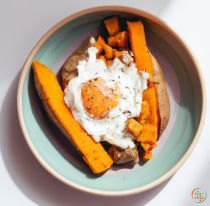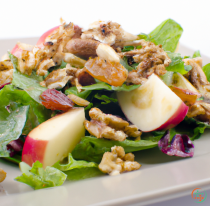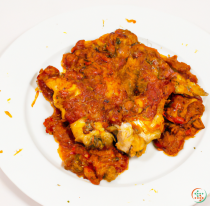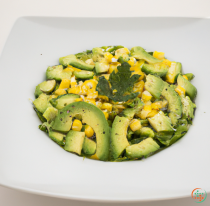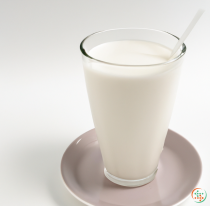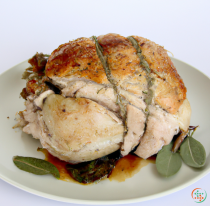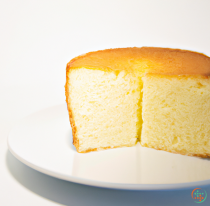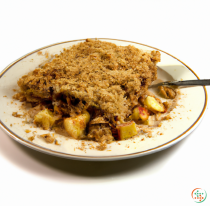Salad Recipe: Great Taste. Simple Directions.
Make the perfect Salad
A salad is a dish consisting of a mixture of small pieces of food, usually vegetables or fruit. Salads are typically served at room temperature or chilled, with notable exceptions such as south-western United States cuisine. Garden salads use a base of leafy greens such as lettuce, arugula, kale or spinach; they are common in Europe and other Western countries. Other types include bean salad, tuna salad, fattoush, Greek salad, and Japanese s?men salad. The sauce used to flavor a salad is commonly called a salad dressing; most salads are dressed, with a mixture of oil and vinegar or lemon juice, or yogurt, herbs and spices.
Salad ‐ What It Tastes Like
Salad is a beloved staple of many diets and for good reason. Whether you’re looking to eat something light and refreshing or trying to get in some extra nutrients, salads have something to offer everyone. But what is it about salads that make them so enticing? The answer lies in the flavors and tastes they bring to the table.
When it comes to salads, the taste and flavor possibilities are virtually endless. With a variety of fresh, seasonal ingredients, you can create a plethora of delicious salads to enjoy. Whether it’s a classic backyard barbecue salad with tomatoes, cucumbers, and lettuce, or a southwest-inspired salad with black beans, corn, and peppers, you’ll find something to satisfy your taste buds.
One of the best things about salads is that you can customize them to your personal preferences. For instance, if you’re looking for something with a bit of sweetness, you could add some fruit like strawberries, mandarin oranges, or even grapes. Or if you’re in the mood for something savory, you could opt for crumbled bacon, hard-boiled eggs, or even a sprinkling of cheese.
The dressing you choose is also an important factor in a salad’s flavor. From creamy ranch to balsamic vinaigrette, there’s a dressing for everyone. You can even mix and match dressings to create your own unique flavor. For example, you could mix a creamy ranch with a tart balsamic vinaigrette for a delicious and balanced flavor.
Finally, don’t forget the toppings! Toppings can take a salad from ordinary to extraordinary. To add a burst of flavor, you could sprinkle some nuts, dried fruit, or croutons on top. Or for something a little more indulgent, you could add a drizzle of honey, some shredded cheese, or even a few slices of avocado.
So next time you’re in the mood for a salad, don’t be afraid to experiment with different flavors and tastes. With a little creativity, you’ll be able to create a delicious and satisfying salad that will leave you feeling full and happy.
Salad ‐ Is it healthy for you?
In the modern world, people are becoming increasingly aware of their health. As a result, many of us are turning to healthier options in our diets. One of these is the salad. But is salad really as healthy as it’s made out to be?
The answer is that it depends. Salads can be incredibly healthy, packed with all sorts of nutrients and vitamins. However, they can also be extremely unhealthy if you’re not careful. It all comes down to the ingredients you choose.
If you’re going for a salad, then you should always look for the freshest ingredients. This means sourcing your produce from local markets or growing your own vegetable garden. Fresh ingredients mean more nutrients and vitamins in your salad.
In terms of the actual salad ingredients, you should look for items that are high in fiber, protein, and healthy fats. These are all key components of a healthy salad and can provide a wide range of benefits.
You should also try to avoid processed ingredients when making a salad. These can often contain unhealthy additives and preservatives that can be detrimental to your health. Instead, opt for fresh, natural ingredients like fruits, vegetables, nuts, and seeds.
Another important factor to consider is the dressing you use. Many store-bought dressings are full of unhealthy fats and sugars, so it’s best to make your own. This way, you can control exactly what goes into your dressing and ensure its nutritional value.
Salads can also be an excellent source of antioxidants, which can help to protect your body from the damage caused by free radicals. Fruits, vegetables, and nuts are all packed with antioxidants, so adding these to your salad can really boost its nutritional value.
Overall, salads can definitely be considered healthy – but only if you make the right choices. Opt for fresh, natural ingredients, avoid processed items, and make sure to include plenty of fiber, protein, and healthy fats. Lastly, make your own dressing to control its nutritional value. If you do all of this, your salad should be a healthy, nutritious meal.
Salad ‐ Is it Gluten Free?
Salad is a delicious, nutritious and versatile meal option that has become a popular choice among health-conscious eaters. But for those with gluten sensitivities, it can be difficult to know if salad is gluten free.
Most people assume that salads are automatically gluten free because they’re made with vegetables and fruits. But the truth is that some salads contain ingredients that are not gluten free, such as croutons, breaded proteins and premade dressing mixes. The key to avoiding gluten in salads is to read labels and make sure you know exactly what is in the ingredients.
For starters, most fresh vegetables and fruits are naturally gluten free and can be used in salads without any worry. However, some processed vegetables and fruits may contain hidden gluten, so it’s important to read the labels to make sure there are no wheat-based ingredients.
When it comes to proteins, it’s important to check the labels to make sure they don’t contain any wheat, rye or barley. This is especially true for breaded proteins, such as chicken tenders, which often contain wheat flour. If you’re unsure, it’s best to stick to lean proteins such as grilled chicken, salmon or shrimp.
Salad dressings can also be a source of hidden gluten, so it’s important to read the labels before buying them. Many store-bought dressings contain wheat-based additives, so it’s best to opt for homemade dressings or those that are specifically labeled “gluten free.”
Finally, croutons and other toppings can also contain gluten. Most brands of croutons are made with wheat flour, so it’s important to read labels to make sure they are gluten free. Other toppings such as cheese and nuts can also contain wheat-based ingredients, so it’s important to read labels to make sure they are safe.
In conclusion, most salads are gluten free, but it’s important to read labels and make sure you know exactly what is in the ingredients. By following these tips, you can enjoy delicious, nutritious salads without worrying about hidden sources of gluten.
Salad ‐ Preparation Time
Salad is often seen as a convenient, healthy, and quick meal option. Preparing the ingredients for a salad, however, can take some time, depending on the type of salad you’re making.
The first step in preparing a salad is to decide what type of salad you want to make. There are so many options to choose from, such as a simple green salad, a tossed salad, a fruit salad, or a pasta salad. Once you’ve decided on the type of salad you want to make, you can begin gathering the necessary ingredients.
Choosing the right ingredients is key when it comes to making a delicious salad. You need to consider the type of vegetables and fruits you want to use, as well as any other toppings or dressings you may want to add. Depending on the type of salad you’re making, you may need to purchase fresh produce from the grocery store. For example, if you’re making a fruit salad, you may need to purchase a variety of fresh fruits, such as oranges, apples, and grapes.
Once you’ve purchased the necessary ingredients, it’s time to start prepping them. This can be done in a number of ways, depending on the type of salad you’re making. For example, if you’re making a green salad, you may need to wash and chop the vegetables, such as lettuce and tomatoes. If you’re making a fruit salad, you may need to peel and cut the fruits into smaller pieces.
The last step in preparing a salad is to assemble the ingredients. Depending on the type of salad you’re making, this may involve tossing the ingredients together in a bowl or arranging them on a plate. Once the salad is assembled, you can add any additional toppings or dressings you may want to include.
Preparing a salad can take some time, but the effort is worth it. With a little bit of planning and preparation, you can enjoy a delicious and nutritious salad in no time.
Salad ‐ Serving Size
Salads are a popular choice for many seeking a healthy and nutritious meal. But how much of a salad should you eat? Although it's not hard and fast, there are some guidelines to help you determine what the right size salad should be for you.
First and foremost, it's important to recognize that the size of a salad serving is largely dependent on what is inside of it. A salad filled with vegetables, nuts, and lean proteins can typically be eaten in greater quantities than a salad that is full of higher calorie ingredients like cheese, croutons, and creamy dressings.
When it comes to portion size, the Academy of Nutrition and Dietetics recommends a half-cup serving of vegetables or leafy greens for every cup of salad. For example, if you have two cups of lettuce, you should include one cup of other vegetables like tomatoes, cucumbers, and onions.
When it comes to proteins, a palm-sized portion should be enough for a single salad serving. For those following a vegan or vegetarian diet, a quarter cup of beans or lentils, or a half cup of tofu, tempeh, or nuts, is a good guideline. For those who eat meat, two to three ounces of lean protein should suffice.
Finally, it's important to consider the dressing. Many traditional salad dressings are high in fat and calories, so it's best to use them sparingly. Instead of drenching your salad in dressing, try adding flavor with balsamic vinegar, lemon juice, or herbs.
By following these guidelines, you can ensure you're getting the right amount of salad in each serving. It's important to remember that portion control is the key to a healthy diet, so be mindful of the ingredients that go into your salad and the amount you eat. With a little bit of planning, you can enjoy a delicious and nutritious salad that is full of flavor and nutrients.
Recipe for Salad
Garden Salad with White Balsamic Vinaigrette
Ingredients:
- 2 cups mixed baby greens
- 1/2 cup cherry tomatoes, halved
- 1/4 cup red onion, thinly sliced
- 1/4 cup cucumber, diced
- 1/4 cup yellow bell pepper, diced
- 1/4 cup feta cheese, crumbled
- 1/4 cup almonds, toasted
- 2 tablespoons white balsamic vinegar
- 1 tablespoon olive oil
- 1/2 teaspoon honey
- 1/4 teaspoon garlic powder
- 1/4 teaspoon dried oregano
- Salt and pepper, to taste
Directions:
1. In a large bowl, combine the baby greens, tomatoes, red onion, cucumber, bell pepper, feta cheese, and almonds.
2. In a small bowl, whisk together the balsamic vinegar, olive oil, honey, garlic powder, oregano, salt, and pepper.
3. Drizzle the dressing over the salad and toss to combine. Serve immediately.

